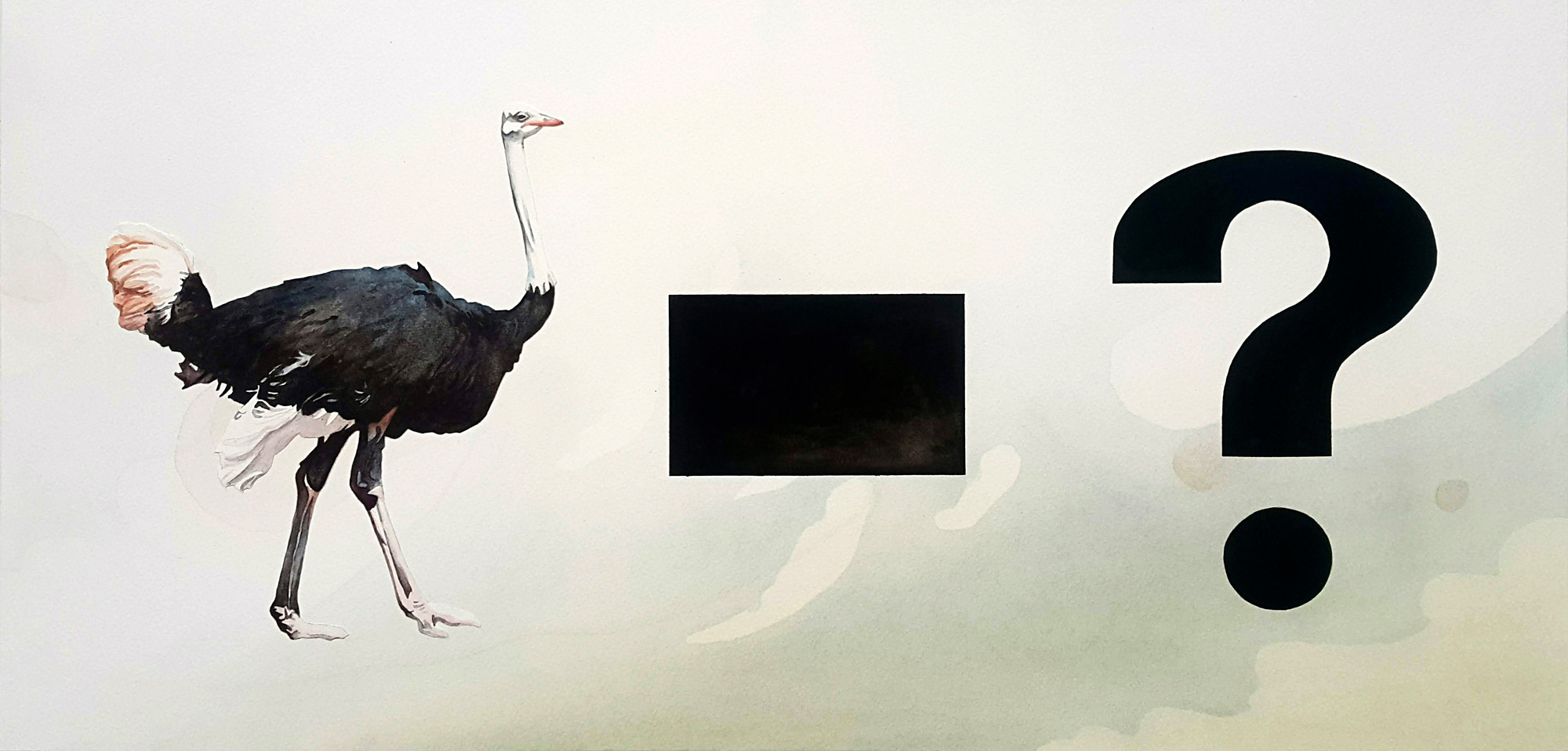|
|
|
|
Svenska |
A report by Agentur, within the framework of the research project The Aesthetics of the Popular Fronts.

|
SVENDSON: But you see, I’ve only got a small iron business. I can’t get mixed up in the quarrels of the big corporations. Some of my customers might take it amiss if I were to join this kind of organisation. |
During his exile in Sweden between April 1939 and April 1940, Bertolt Brecht wrote the one-act play How Much Is Your Iron?, an allegory over the macropolitical power struggle in Europe around the outbreak of World War II. Brecht was not overly impressed by his temporary homeland: the play is a withering critique of Sweden’s — “Svendson’s” — cynical “neutrality” and ongoing trade relations with Nazi Germany.
But Brecht’s jovial sarcasm reached beyond Sweden’s borders. Beneath the surface of European oppositions and coalitions, he held, there was a hard core of exploitation and class differences. No well-meaning alliances, no cross political popular fronts could remedy this problem. In order to be effective, resistance must instead target the fundamental cause of the crisis: the profit motive and the political and economic structures that upheld it.
How Much Is Your Iron? first premiered within a course for amateur theater leaders at the Tollare People’s University in the summer of 1939, directed by Ruth Berlau. Since then it has been performed several times in Sweden, for example in a production by the Luleå Workers’ Theater. Remarkably, however, no complete Swedish translation of the play has ever been published.
Agentur’s report How Much Is Your Iron? draws on Brecht’s play, which is here presented in a Swedish interpretation by Jörgen Gassilewski, based on the critical German edition. It is a play that reminds us of Brecht’s persisting actuality, but that also confronts us with many of the problems that the famed dramatist faced, about the possibility of realism and the instrumentalism of political art, about accessible popularity and reductive populism, about the necessity of montage and the aesthetics of resistance.
Due to the enduring pandemic, the report How Much Is Your Iron? will until further notice only take the form of a publication: an issue of the Lulu-Journal, guest edited by Agentur. The Lulu-Journal is published in connection to the 2020 Luleå Biennial and provides different ways of approaching the biennial’s theme on the validity of realism today. The issue is now available for downloading and printing on the biennial’s website.
In addition to the Swedish translation of the play, the issue includes eight newly written contributions — five of which are available in English — that comment upon and criticize, think with and think against Brecht’s text: Rikard Heberling writes about the origin and the historical context of the play; Ingela Johansson clarifies Ruth Berlau’s essential role in the play’s production; Martin Högström attempts to live as directed by Brecht; Emma Kihl demonstrates the complexity of the concept of neutrality; Elof Hellström and Samuel Richter test the possibilities of montage and the convolutions of Verfremdung; Ulla Rhedin transmediates Brechtian pedagogics; Jörgen Gassilewski brings realism to life; and Kim West asks: can there be an undivided people?
Thank you to Suhrkamp Verlag and Michele Masucci.
Image: Christoffer Paues, Trea nr 5 för folkfronterna, 2021.